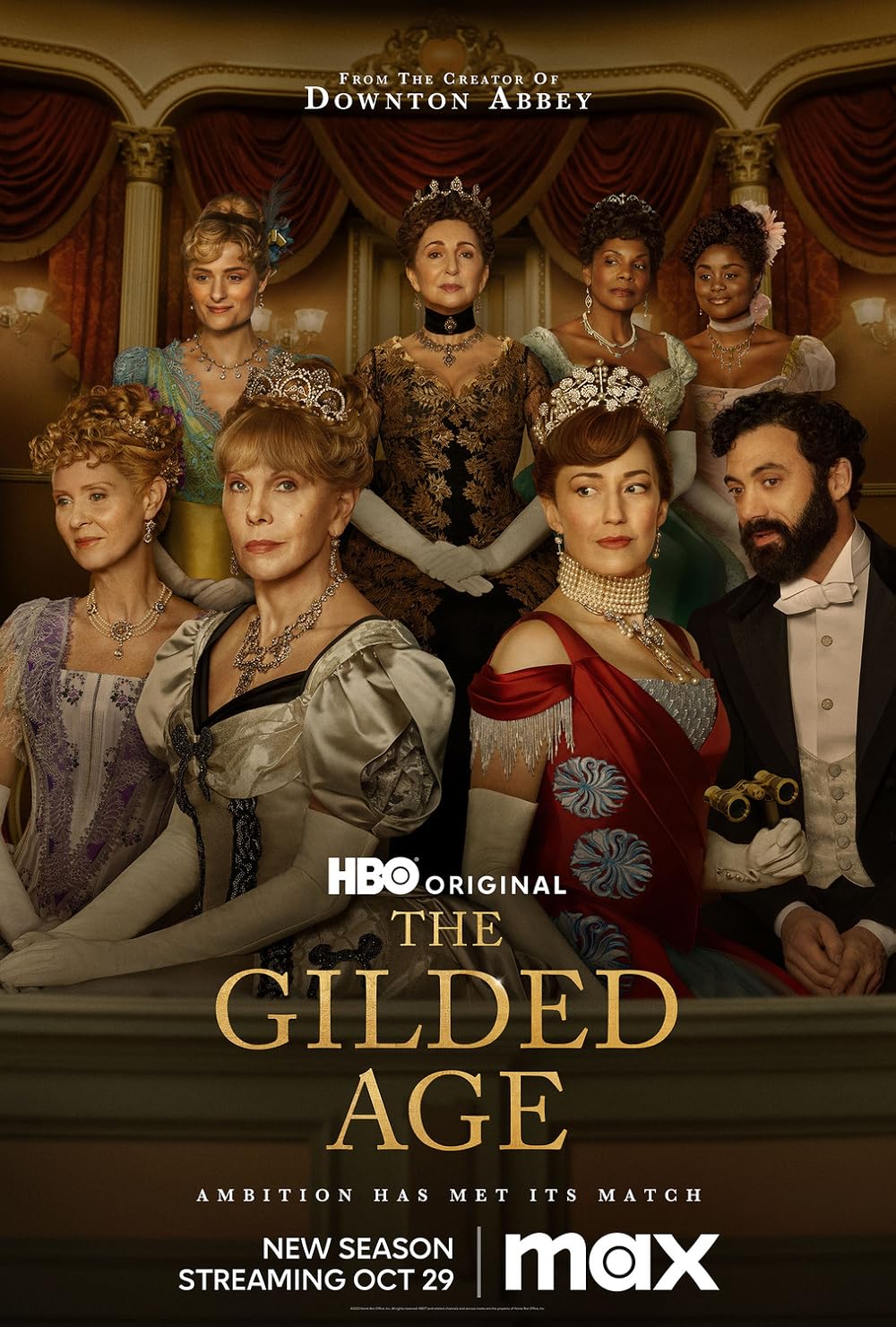So far, The Gilded Age’s focus on intra-class tension in charitable endeavors misses opportunities to depict how charity was also a site of inter-class interaction, and often, animosity. Settlement houses, working girls’ clubs, and other charitable institutions brought wealthy women into contact with a burgeoning working class. As David Sloane’s research demonstrates, women reformers founded hospitals with the mission to care for children, whom they saw as vulnerable to the ravages of urbanization and industrialization, as well as poor parenting. The premise of this work, as one might guess, put charitable organizations at odds with poor mothers, who resisted reformist assumptions “that ill-trained Old-World mothers did not have the training necessary to raise children adapted to urban, industrial society.” Laura R. Fisher’s scholarship on settlement houses shows how working class immigrants took issue with the power dynamics embedded in their funding structures. Wealthy Jewish philanthropists who funded the settlement houses expected them to be sites of assimilation and uplift.
The 1890s also saw the rise of working girls’ clubs, charitable organizations in the U.S. and Britain that provided space for working women to gather around literature and other cultural pursuits. The Gilded Age’s heroine, Marian Brook, floats the idea of working at an organization that resembles a working girls’ club as a way to occupy her time. In Edith Wharton’s Gilded Age novel, The House of Mirth, Lily Bart’s cousin spends her time volunteering at a working girls’ club, which becomes a staging ground for the tensions that the novel identifies between wealthy and working class women.
Working girls’ clubs were meant to replicate the popular concept of women’s clubs to the masses. An 1890 review of the book Clubs for Working Girls by British reformer Maude Stanley identifies how “‘discipline and order’” should be the primary concern when starting a club. And, it goes on to highlight what the book deems the “failings of working girls”: “drinking habits” and “premature lovemaking.”
Fisher’s Reading for Reform delves into the societal function that the clubs served and how they’re represented in literature of the era. Though working girls were expected to pay subscription fees to clubs to build “self-reliance,” they were also funded by wealthy women and staffed by middle class women. As she shows, working girls clubs were established to keep a burgeoning class of women new to the city and new to the workforce from spending their wages in bars and other sites of supposed disrepute. She argues that “the [working girls’ club] movement sought to create a new social taxonomy of white working women at a transitional moment in U.S. modernity.” Crucially, they encouraged working class women to make wealthy and middle class women objects of aspiration. As thinking behind the design of working girls’ clubs went, if working class women were in proximity with middle and upper class women and enculturated to share in their cultural pursuits, they would come to emulate their manners and lend respectability to working women. As Fisher points out, tensions in the club arose because of their conservative positions on labor issues. Rather than using the collective space of the working girls’ club to organize around poor working conditions and low wages, club leadership encouraged “self-discipline, obedience, and respect for employers.”
